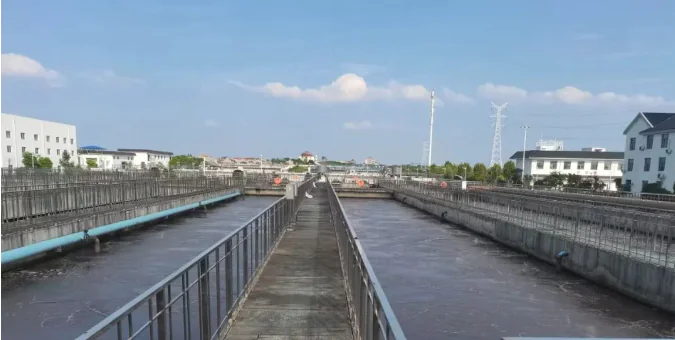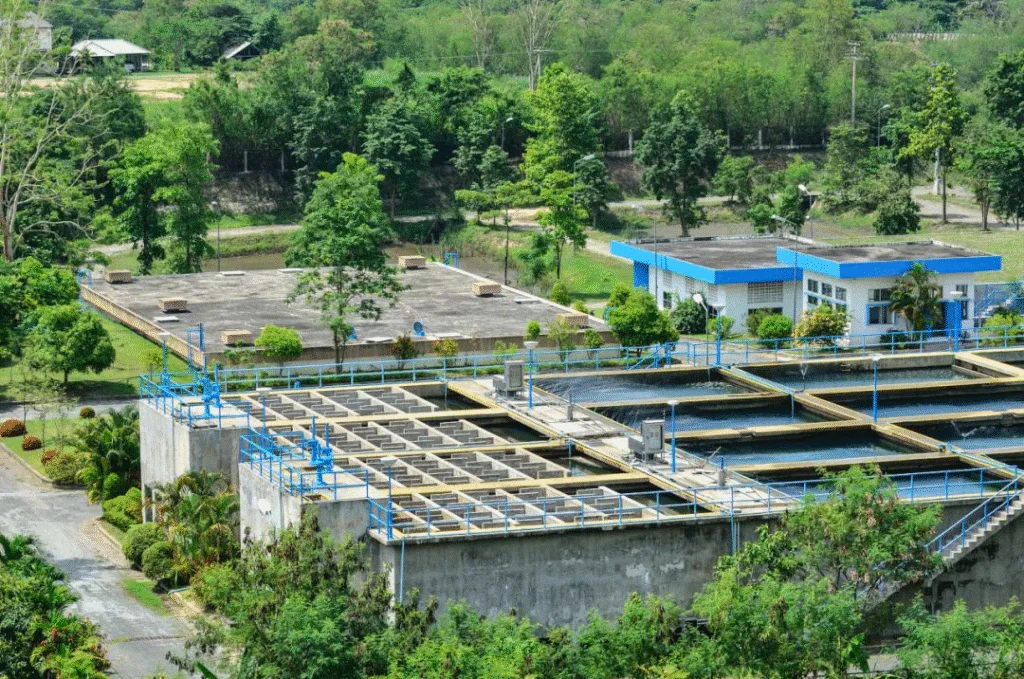In wastewater treatment, sludge from hydrolysis-acidification tanks, anaerobic tanks, and septic tanks often has high water content, rich organic matter, and poor flocculation. This makes dewatering very hard.
Recently, our company completed a successful case using a belt filter press to treat sludge from a hydrolysis-acidification tank. This case offers real experience for treating high-organic sludge.
This article shares the testing steps, chemical selection, and equipment used.
🎯 Project Background and Main Challenges
This project handled high-concentration sludge from a hydrolysis-acidification tank. The sludge was very sticky and rich in organic matter.
Without good conditioning or flocculation, the sludge was hard to dewater.
The client had these main requirements:
- Large daily sludge volume – needed better treatment efficiency
- Targeted final water content around 83%
- Stable operation with reasonable chemical costs

🧪 On-Site Testing and Chemical Selection
At the start, the sludge was thick and not mixed well. The flocculation did not work well, and the sludge cake had high water content.
To solve this, we followed two key steps:
✅ Step 1: Lab Testing and Chemical Selection
We tested many chemicals and chose this combination:
- Hydrated lime: to break down sticky particles and release bound water
- Aluminum or iron salts (like PAC, ferric chloride, or polyferric sulfate): to help form large flocs
- Cationic PAM: high charge density (60%–80%) to enhance bridging and adsorption
✅ Step 2: Equipment Testing with Real Sludge
We ran the belt filter press with real sludge and fine-tuned:
- Chemical dosing order
- Dosage ratios
- Mixing time
- Belt speed
These changes helped us get good flocculation and better dewatering.

⚙ Common Sludge Dewatering Equipment and Their Best Use
| Equipment Type | Key Features | Best Use Case |
| Plate-frame press | High dewatering rate, suitable for high concentration sludge | Small plants or when very low moisture is needed |
| Belt filter press | Continuous, large capacity, efficient | Medium to large plants with big daily volumes |
| Screw press | Small footprint, high automation, low energy consumption | decentralized sewage treatment plants and places with limited space |
| Centrifuge | Fully automatic, good for liquid sludge | Big municipal treatment plants |
📝 Tips for Dewatering Sludge from Hydrolysis-Acidification Tanks
- High organic content means strong pre-treatment is needed.
- Do not use quicklime; use hydrated lime instead.
- Combine with aluminum or iron salts to form stronger flocs.
- Choose high-charge cationic PAM to match organic sludge.
- Adjust chemical dosage and dosing points based on actual data.
